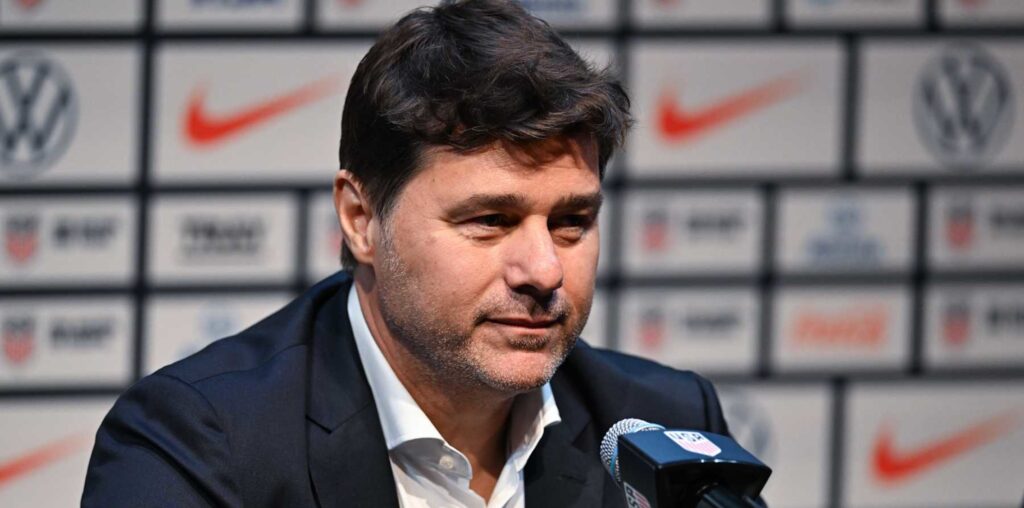
Dustin Satloff/USSF/Getty Images for USSF
It’s not easy being the coach of a mid-tier national team.
Unlike the top national sides in the world, the U.S. lacks the sort of truly elite distributors and final-third playmakers to reliably break down low blocks, which means dropping crucial points at the feet of a lower-tier Concacaf nations is always on the table.
Because lower-quality teams are wary of the United States and respond by defending in a deeper block, the USMNT can’t simply default to a counter-attacking style.
When you’re a mid-tier national team, balance is often the name of the game. Against a great side, there may be a larger emphasis on deeper defending; against a beatable team, there may be a larger emphasis on possession.
So, what will the Argentine’s U.S. look like as the team transitions into a new era under the most qualified coach to lead the program?
At his inaugural press conference, Pochettino said: “We are a coaching staff that the first thing is we love the aesthetic in football…our philosophy is to have the ball. We need to run, we need to move. We need to give options, good angles, you know, to your teammates.”
From that quote, it sounds like the new manager is interested in helping the U.S. fulfill Gregg Berhalter’s initial possession-based tactical vision. But just before professing his love for pass-and-move soccer, he made sure to leave the back door open should he need to pivot.
“We need to see the players and see all their characteristics,” he added. “But I think we are very flexible.”
Without reliable distributors in the back or at the base of midfield in the U.S. pool, Pochettino knows his preferred tactical approach could prove challenging. We’ll have to wait and see just how dogmatic the new manager is after he’s had his first camp next month.

